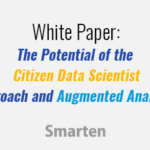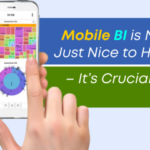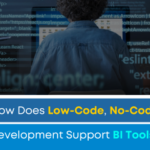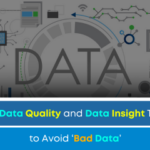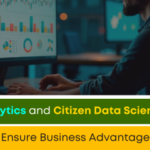This article provides a brief overview of isotonic regression technique.
What is Isotonic Regression?
Isotonic Regression is a variant of linear regression and allows us to build models in piecewise linear manner i.e., breaking up the problem into few or many linear segments and performing linear interpolation of each function.
This analytical technique is designed to explore the relationship between two or more variables (X, and Y). It is useful in identifying important factors (Xᵢ) that will impact a dependent variable (Y), and the nature of the relationship between each of the factors and the dependent variable.
Isotonic Regression is limited to predicting numeric output so the dependent variable has to be numeric in nature. The minimum sample size is 20 cases per independent variable.
In order to get a comprehensive understanding of Isotonic Regression, let’s look at a sample analysis to determine a student’s chance of admission based upon various academic scores.
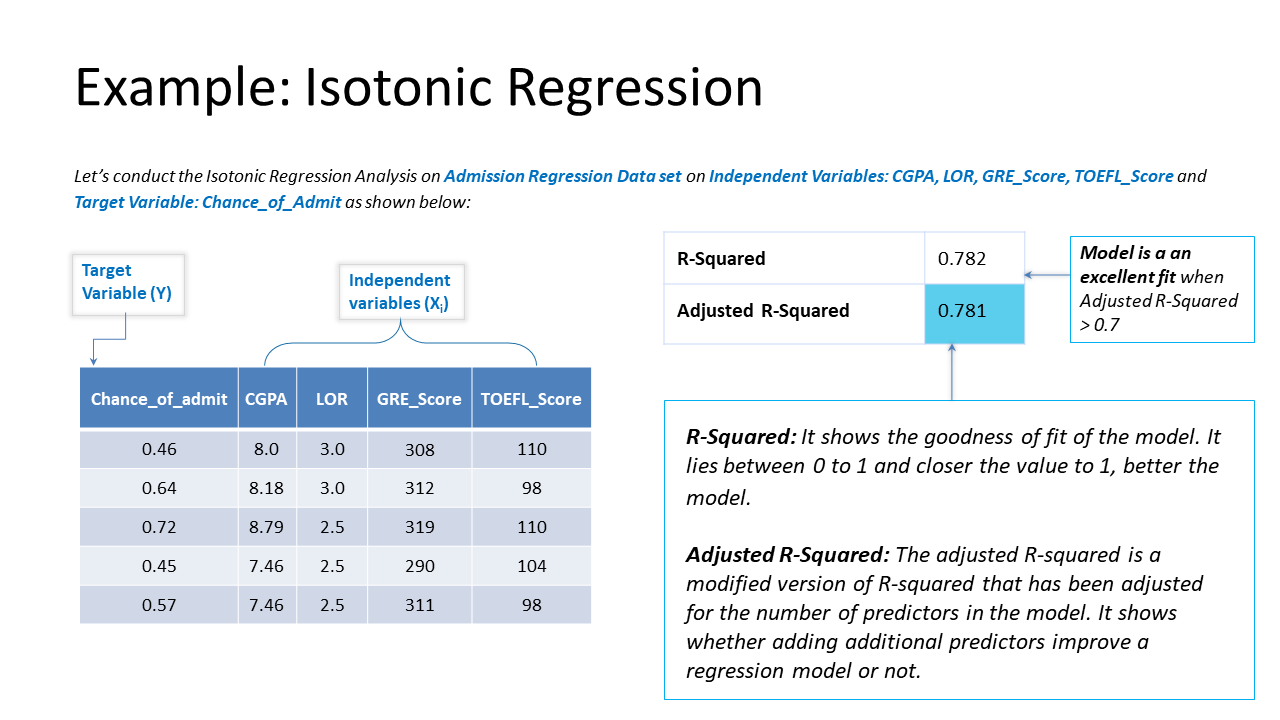
How Can Isotonic Regression Be Helpful for Business Analysis?
If we consider the use cases below, we can see the value of Isotonic Regression.
Use Case – 1
Business Problem: Decide Loan Eligibility based on Applicant’s Annual income, Employment Period, Debt to Income Ratio etc.
Input Data: Predictor/Independent Variable(s) to determine Applicant’s Loan Eligibility:
- House Ownership Status
- Job Grade
- Employment Length
- Annual Income
- Loan Verification Status
- Debt to Income Ratio
Business Benefit:
Loan applicant’s can discover what predictors can lead towards the required loan amount to be eligible for further proceedings in turn ensuring systematic banking approach and also assist banks to check the loan eligibility criteria before sanctioning a loan to the applicant.
Use Case – 2
Business Problem: Predicting diamond prices using basic measurement metrics.
Input Data: Predictor/Independent Variable(s) to determine the price of a Diamond:
- Carat weight of Diamond
- Quality of the Cut
- Diamond Color
- Clarity
- Depth
- The width of the diamond’s table
Business Benefit:
The predictive model will provide details on the pricing of diamonds and enable analysis of the most prominent factors and trends in the diamond market.
The Smarten approach to augmented analytics and modern business intelligence focuses on the business user and provides tools for Advanced Data Discovery so users can perform early prototyping and test hypotheses without the skills of a data scientist. Smarten Augmented Analytics tools include Assisted Predictive Modeling, Smart Data Visualization, Self-Serve Data Preparation, Clickless Analytics with natural language processing (NLP) for search analytics, Auto Insights, Key Influencer Analytics, and SnapShot monitoring and alerts. These tools are designed for business users with average skills and require no specialized knowledge of statistical analysis or support from IT or data scientists. Businesses can advance Citizen Data Scientist initiatives with in-person and online workshops and self-paced eLearning courses designed to introduce users and businesses to the concept, illustrate the benefits and provide introductory training on analytical concepts and the Citizen Data Scientist role.
The Smarten approach to data discovery is designed as an augmented analytics solution to serve business users. Smarten is a representative vendor in multiple Gartner reports including the Gartner Modern BI and Analytics Platform report and the Gartner Magic Quadrant for Business Intelligence and Analytics Platforms Report.



